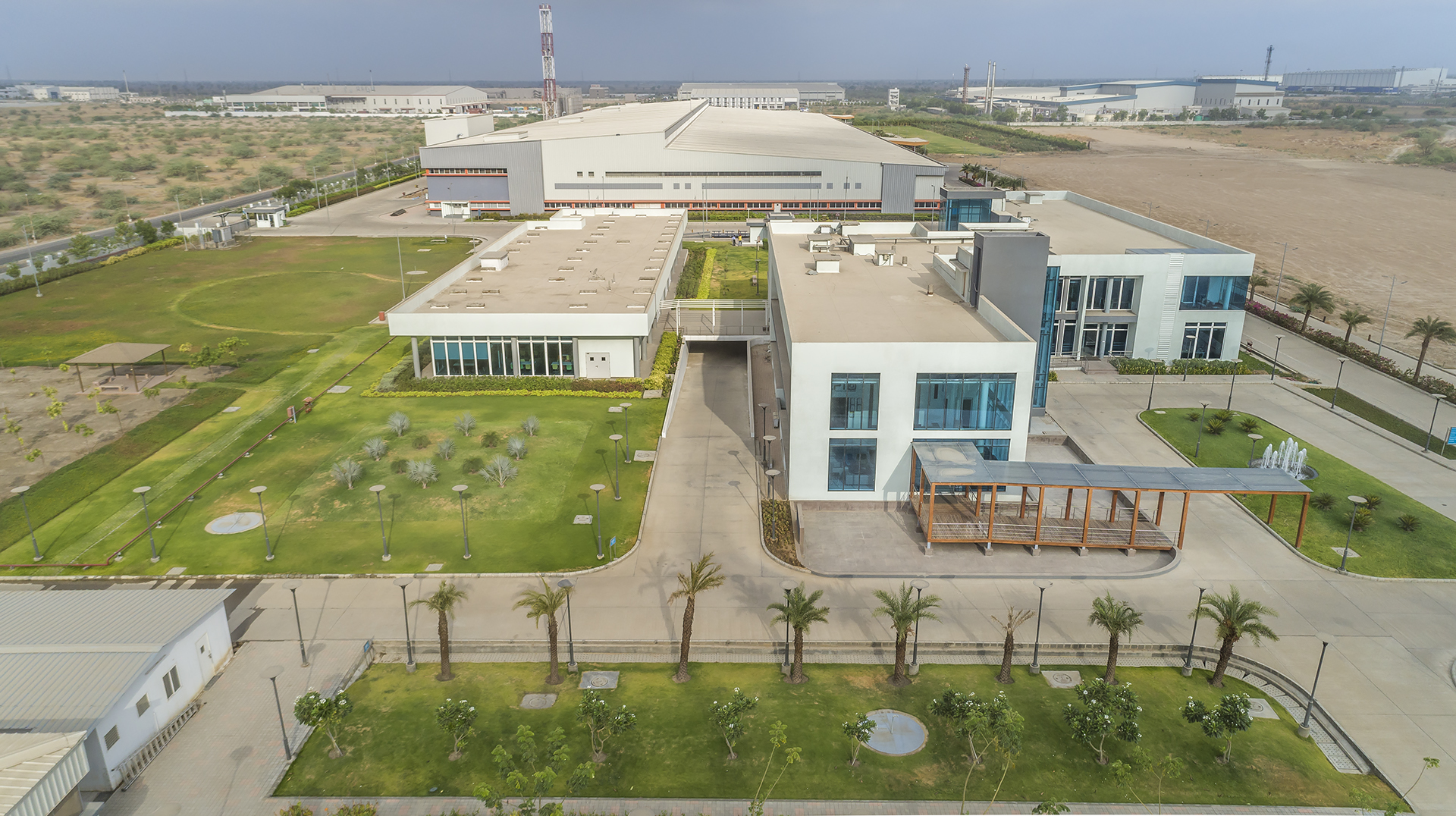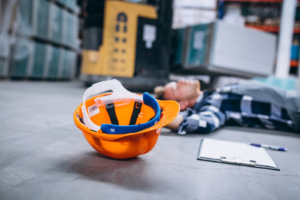
Green Buildings: What Are the Additional Costs and Time?
Green building construction refers to the type of construction that reduces negative impacts on the environment and human health while intensifying the sustainability of the building or structure. Green buildings have a great impact on the environment as they lower the risk of environmental degradation through the utilisation of eco-friendly construction materials and other techniques of construction.
Green construction is a promising technology, and it has its roots in the early environmental movement of the 1960s. It gained traction as a formal concept and practise in the 1990s, while people in India accepted and started utilising the green construction concept for their projects in the early 2000s.
In recent years, the Indian government has taken several steps to promote green building practices, including the launch of the Green Rating for Integrated Habitat Assessment (GRIHA) rating system in 2007. GRIHA is a national rating system for green buildings that is recognized by the Ministry of New and Renewable Energy.
The concept of green building construction being a bit different from the conventional construction, it utilises some special materials and methodologies for the construction of different structures. The eco-friendly materials and the methodologies, however, consume some additional time and incur additional costsome special materials and methodologies for the construction of different structures. The eco-friendly materials and the methodologies, however, consume some additional time and incur additional cost. In this blog, we will learn about the additional time and costs incurred in green building construction.
Exploring the Additional Time and Cost of Green Building Practises
The additional time and cost incurred in green building construction compared to conventional construction can vary widely depending on the specific project and its location, size, complexity, and the level of green building certification being sought.
Research studies have shown that green building construction can cost between 2% and 10% more than conventional construction. This higher cost can be due to several factors, including the cost of sustainable materials, specialised equipment, and additional design and construction costs associated with incorporating green building features.
However, some studies have also shown that these additional costs can be offset by the long-term savings associated with energy-efficient systems and reduced operating costs.
Here are some of the general factors that could affect the additional time and costs in green building construction:
Design
Green buildings require more detailed planning and design than conventional buildings. The design team will need to take into consideration the use of sustainable materials, energy-efficient systems, and other green features. This may require additional time and costs for the design team.
Materials
Green buildings require the use of sustainable materials, which can be more expensive than traditional materials. Additionally, green building materials may need to be sourced from specific suppliers, which can add time to the construction process.
Construction
Green building construction may require additional time and costs for specific tasks such as installing renewable energy systems, green roofs, and rainwater harvesting systems. These tasks require specialized skills and equipment, which can be more expensive than traditional construction methods.
Certification
If the project is seeking green building certification, such as LEED certification, additional costs will be incurred for the certification process. This includes the cost of hiring a third-party certification agency as well as any additional fees required to meet the certification criteria.
Maintenance
Green buildings may require more regular maintenance and monitoring than conventional buildings. This can increase the ongoing costs of the building.
Above listed are some of the factors affecting the additional cost and time of green building. It is utterly important to note that while green building construction may require additional time and costs, the long-term benefits of a sustainable building can often outweigh these additional costs. Green buildings are often more energy-efficient, have lower operating costs, and can be healthier and more comfortable for occupants.
Wrapping Up
To summarise, the concept of green building construction is becoming increasingly important in the Architecture, Engineering & Construction (AEC) sector due to its environmental, economic, and social benefits, as well as regulatory requirements and market demand. As discussed in the blog earlier, there is no doubt that there are additional costs and time incurred in green building, but the benefits we get outweigh the negatives. Hence, the concept is widely utilised in the architecture, engineering, and construction sectors.





